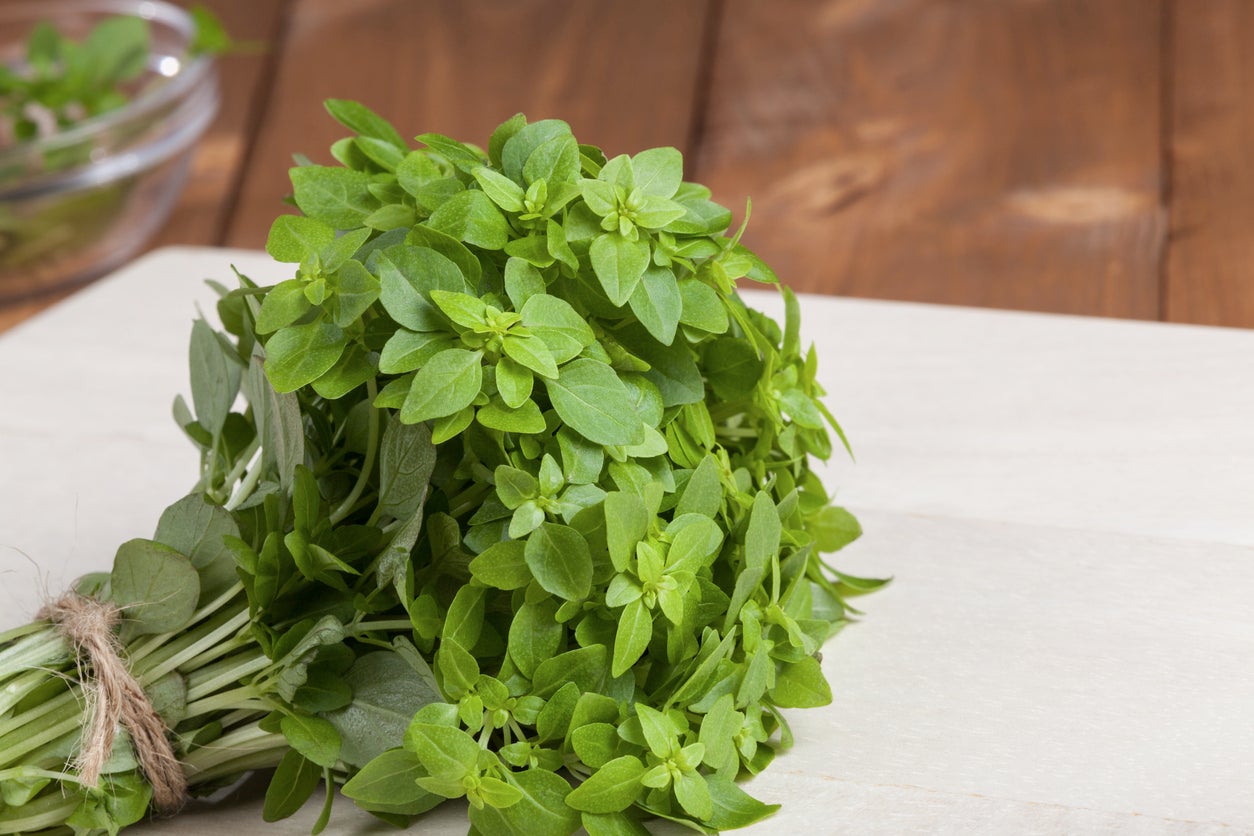What Is Greek Basil: How To Care For Greek Basil Herb Plants


Possibly the most well-known of this herb type, Greek basil is an open pollinated heirloom basil. It is used in many areas of Greece, where it grows wild. Read on to learn more about this impressive basil plant variety.
What is Greek Basil?
Greek dwarf basil has been in use for centuries. It was planted in the Mediterranean area where it became established and is much used, eventually making it to the U.S. where it grows prolifically as well. Burpee first sold basil seeds in 1908. Most everyone is now familiar with this versatile herb.
Producing dome-shaped plants that reach about 8 inches (20 cm.) in height, Greek basil is the favorite in sauces for tomato dishes, Italian food and other recipes.
The leaves of Greek basil herb plants have a great deal of medicinal value, according to sources. A basil tea calms the stomach and relieves spasms in the digestive track. Leaves may be chewed for a quick fix to stomach issues like nausea, diarrhea, and even flatulence. Some say it helps with symptoms of a cold and can assist in relieving water retention.
Greek Basil Care
Growing Greek basil is simple and productive. Plant seeds in a sunny spot when soil has warmed to 60 degrees F. (15 C.) or warmer. Include some Greek basil herb plants as companions to your tomato plants, as it encourages their growth while repelling some pests with its sweet and aromatic fragrance. Basil fragrance repels mosquitoes and stinging insects. Grow it in containers on your deck to avoid some of those pesky bites. You can also use basil leaves in a natural spray you create to keep the pests off you.
Greek basil care involves regular watering, pruning and sometimes fertilization if the plant appears weak. Work compost into the soil prior to planting. Some basil information says fertilizer changes basil flavor and aroma, so don’t feed the plant unless needed.
Pinch off the tiny leaves to maintain the globe shape. Harvest when leaves begin to grow on all shoots, starting with the top. Energy is then directed down the stem which encourages side shoots to develop and produces a more attractive plant. This plant reaches maturity in 60-90 days. Be sure to harvest all you need for use and storage before allowing flowers to develop.
Sign up for the Gardening Know How newsletter today and receive a free copy of our e-book "How to Grow Delicious Tomatoes".
Greek basil stores well for later use. Dry it in a cool, shaded area by hanging upside down in small bundles or spreading single layers on screen there. When its dry, store in a tightly sealed glass jar and store in a dark spot. Fresh leaves may be frozen in sandwich bags or chopped and mixed with other herbs and olive oil, then frozen in ice cube trays. Alternate layers of sea salt and fresh basil leaves in a single layer to store the harvest. Store in a dark, dry cabinet.

Becca Badgett was a regular contributor to Gardening Know How for ten years. Co-author of the book How to Grow an EMERGENCY Garden, Becca specializes in succulent and cactus gardening.